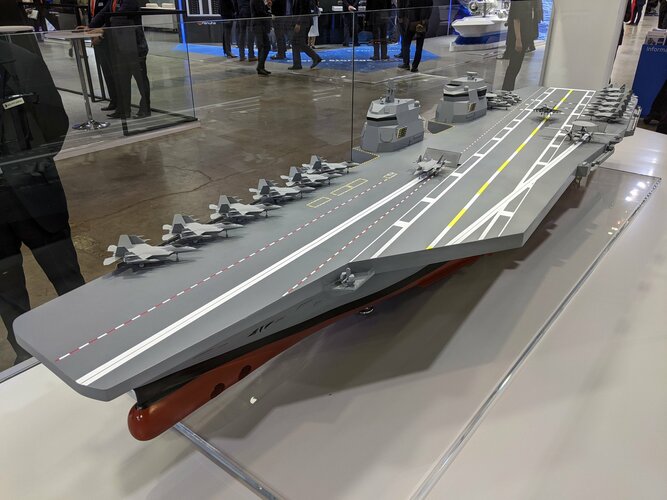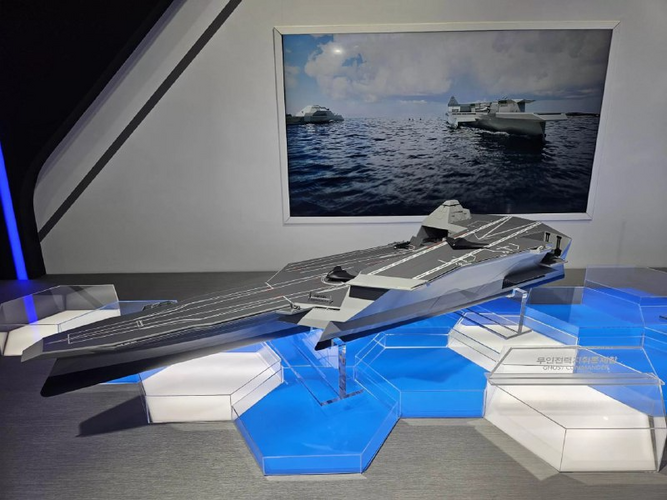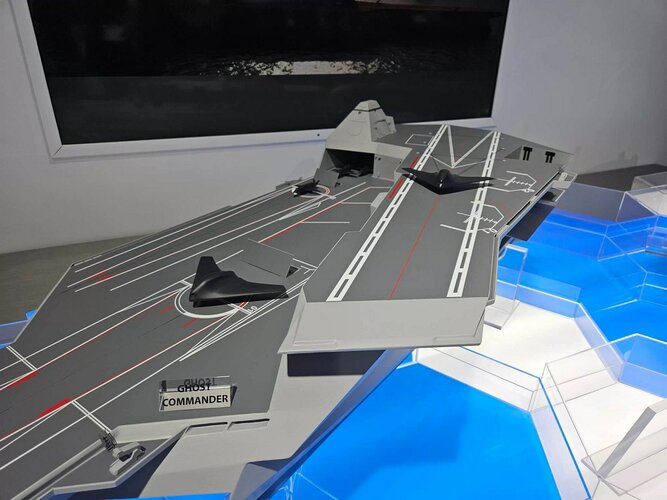I don't think there's really enough space on a 45kton carrier (~900ft/275m waterline length, ~970ft/295m overall) to have two islands.
Plus, the entire reason the QE class have two islands is so that both prime contractors would build an island...
The regular answer from MCG91 (who served/serves on the QE Class) on r/warshipporn explains things the best....
"It's due to the propulsion system.
The Queen Elizabeth Class are conventionally powered in an Integrated Electric Propulsion configuration.
They have 2 Gas Turbines and 4 Diesel Generators. The Gas Turbines require a large amount of trunking for the intakes and exhausts which, if the GTs were placed low down in the ship (in the usual position) the trunking would take up a significant amount of room.
To avoid this, they've placed the Gas Turbines just below the flight deck, with the trunking routing straight up. The GTs are separated to ensure that, in the event of damage to one, the other is available. This has resulted in the twin island design, with each island being based around their respective GT trunking.
This also has the added benefit of placing the Bridge in the Forward Island, which is the optimum position for navigation and FLYCO in the Aft Island, which is the optimum position for aircraft operations.
It also gives a measure of redundancy, with a reversionary FLYCO position in the Bridge and the Emergency Conning Position in the Aft Island. It also means that some of the sensors, ie the navigation radars, can be positioned to ensure 360° coverage, with no blind spots and that they don't interfere with one another.







